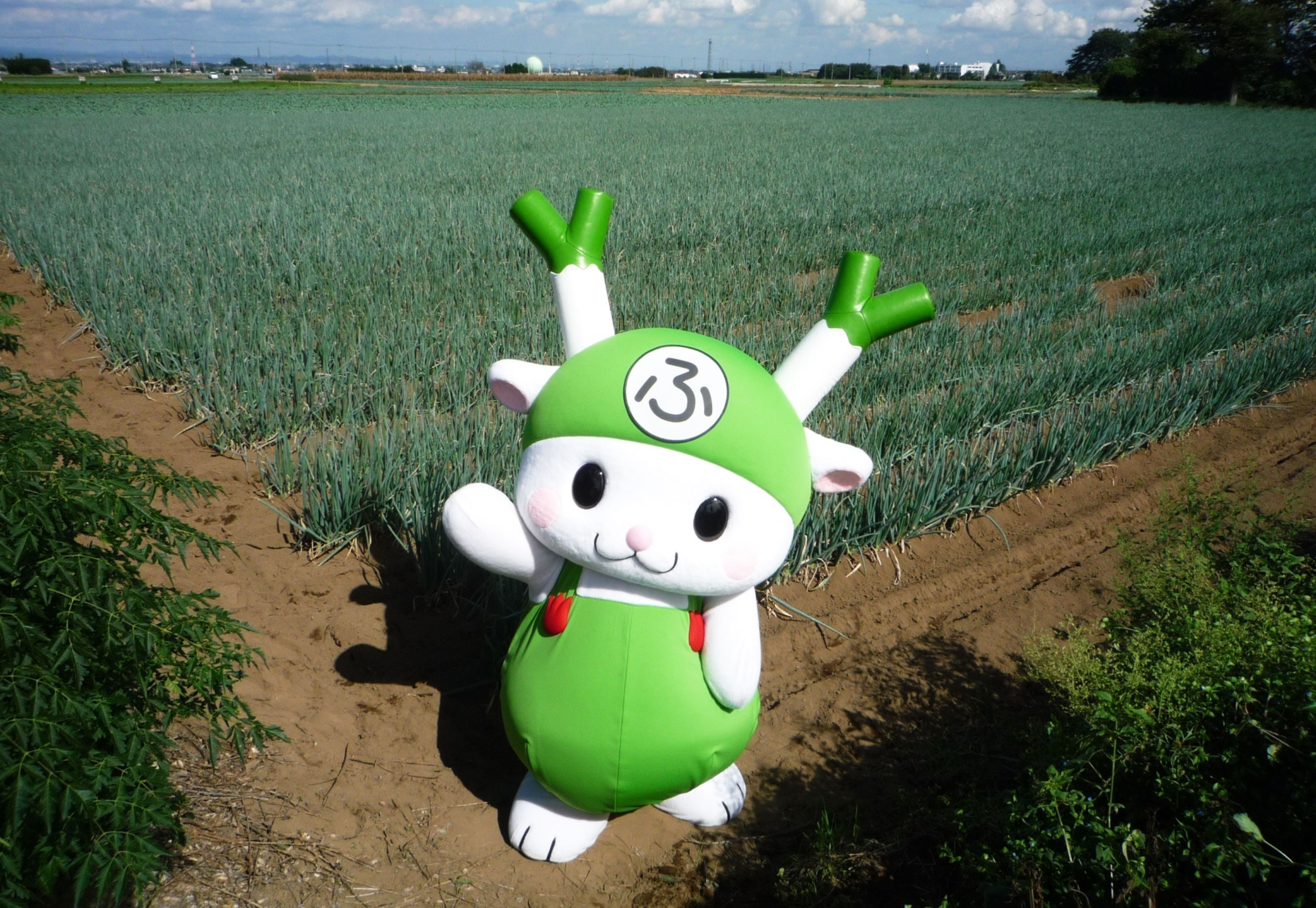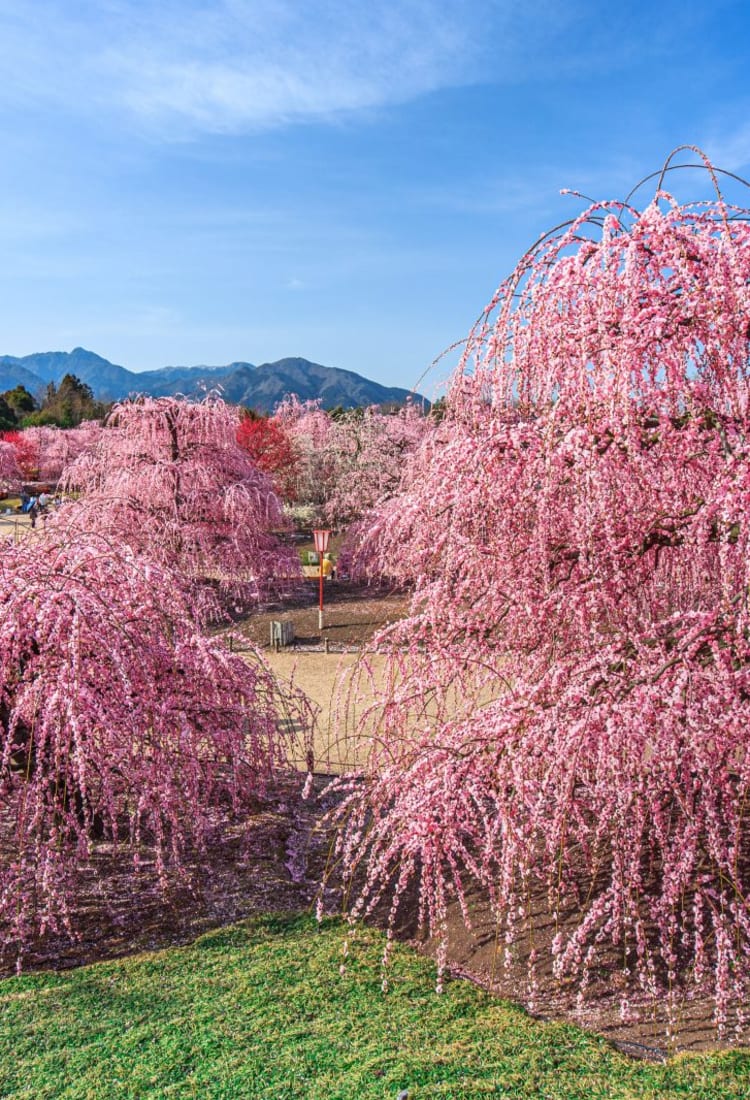
2024.01 Blooming Japan: A Trip to Mie prefecture in Early Spring [PR]
In Mie Prefecture, nestled in the Kinki region of Japan’s main island, Honshu, the early spring ushers in a burst of plum blossoms and other flowers, transforming the towns with vibrant colors. Spanning a considerable distance from north to south, the prefecture's climate varies, but it's graced with the natural splendor of both sea and mountains, alongside an abundance of quality foodstuffs. Early spring is an ideal time to visit Mie, where you can discover more of what makes Japan special – from its exquisite flowers to its delightful cuisine.
Ise-Jingu Shrine: Purify your body and soul at the revered Kotaijingu (Naiku)
Considered one of Japan's most sacred spaces, Ise-Jingu Shrine encompasses the Kotaijingu (Naiku), the spiritual core of Japanese Shinto faith for nearly 2,000 years. Beginning at the Ujibashi Bridge entrance, a cobblestone pathway leads to the hallowed Shogu (main sanctuary); it embodies ancient Japanese landscapes and is revered as the spiritual homeland of the nation. The cherry blossoms heralding the start of spring around late March add to its profound beauty.



Shopping in the vibrant Torii-mae-machi
No visit to Ise-Jingu Shrine is truly complete without wandering through Oharaimachi, the bustling town that unfolds before its torii gate (Torii-mae-machi). In the Edo period (early 17th century to mid-19th century), pilgrimages to Ise-Jingu became a nationwide phenomenon. Yet, due to the costly and lengthy travel, often only designated representatives of groups made the journey to Ise, returning with souvenirs for those back home.
Today, Akafuku mochi (Japanese rice cake with sweet bean paste) remains a sought-after memento. The Akafuku Honten (Main Store), with its charming facade, has stood for some 140 years. Savor this treat alongside aromatic hojicha (roasted green tea) while enjoying views of the Isuzu River. Amid the heart of Oharaimachi lies Okage Yokocho, bustling with shops and eateries perfect for picking up souvenirs; be sure to indulge in a few keepsakes for yourself, too! As you meander, the Edo period comes to life through the architecture and quaint alleyways.
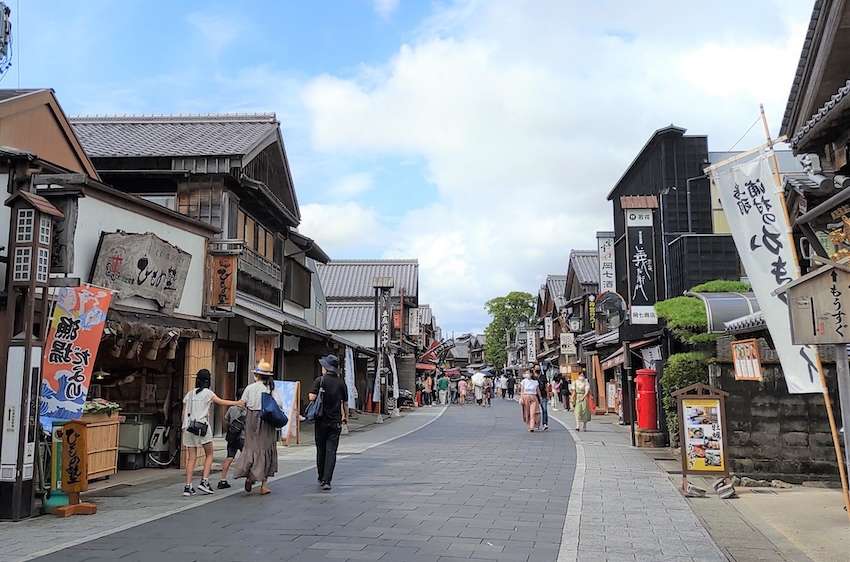




Succulent all-you-can-eat oysters
Journey southward from Ise-Jingu Shrine to the oyster shacks dotting Onoura-wan Bay in Toba City, an indulgence available only from November to March (subject to change depending on the circumstances). Here, you can savor all-you-can-eat oysters, remarkable for their tenderness and lack of the usual pungency and bitterness. Their delectable flavor is owed to the nutrient-rich waters of Ise Bay and the gentle waves, which create an ideal environment for the oysters to mature, allowing them to be harvested within a year.
At Maruzen Oyster Farm, nestled among the numerous oyster shacks, you have the chance to relish all-you-can-eat grilled oysters aboard a floating cabin set upon the sea, boasting views of Toba Bay. The all-you-can-eat offer also includes irresistible fried oyster set meals and fried oyster rice bowls that you shouldn’t miss.
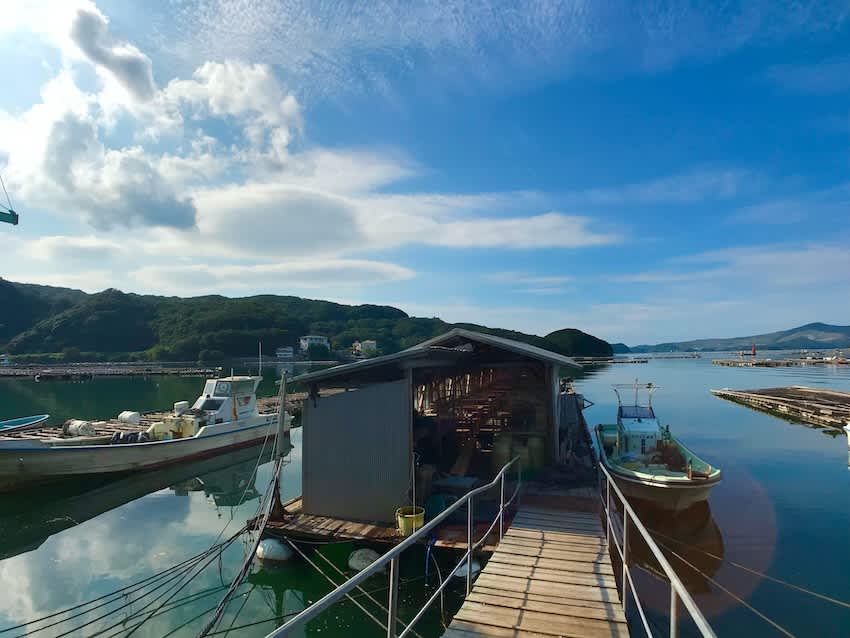
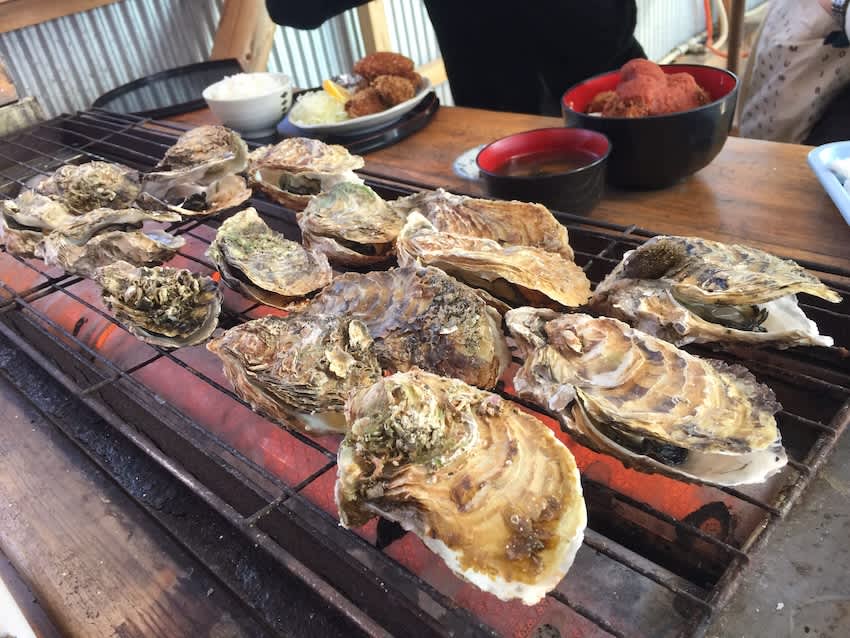

A blanket of plum blossoms at Suzuka Forest Garden
Immerse yourself in the floral tapestry at Suzuka Forest Garden in northern Mie Prefecture, where weeping Japanese plum trees put on a stunning display from late February to late March. The landscape comes alive with a blend of light and vibrant pinks alongside pure whites. Be sure to witness the grandeur of Japan’s oldest (over 100 years) Kureha Shidare plum trees. An annual plum festival celebrates their bloom from late February to March, and as the blossoms wane, the evening brings a breathtaking nighttime illumination.
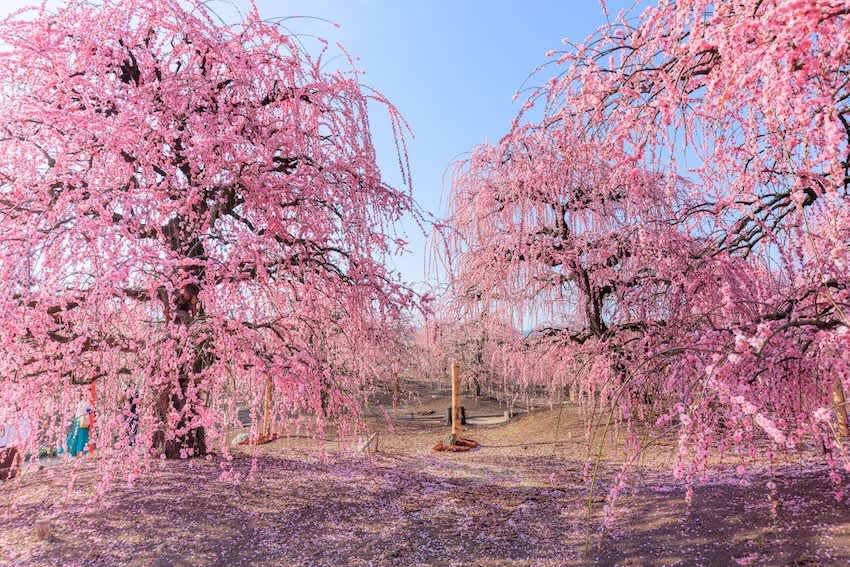
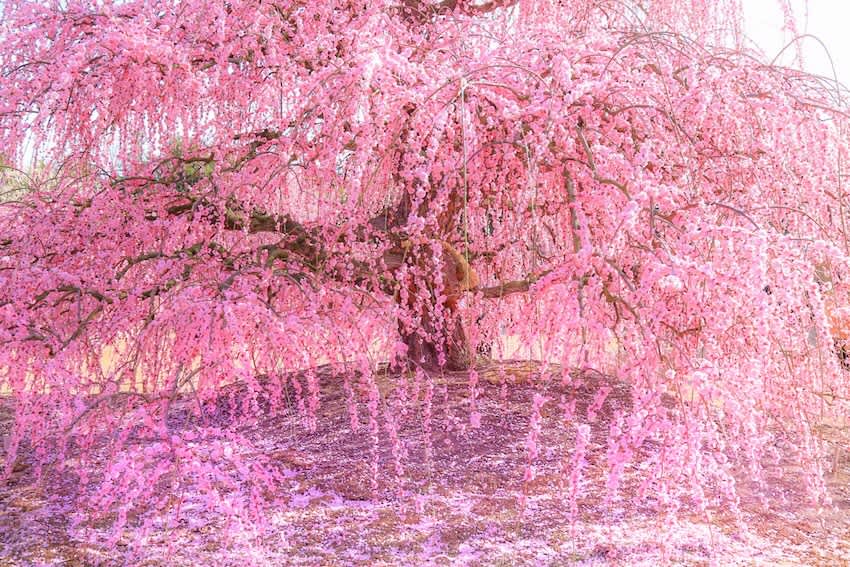
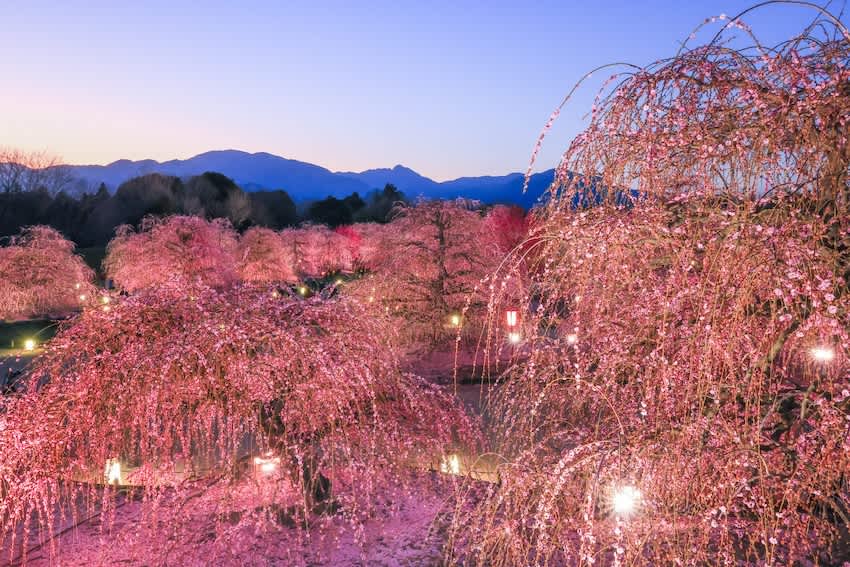

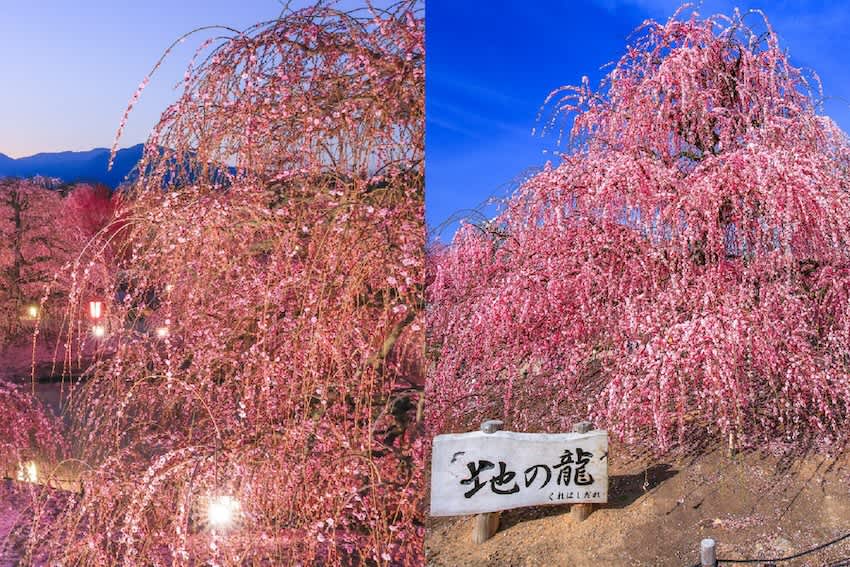
Ninja Museum of Igaryu: Live the Ninja Dream!
For enthusiasts of stealth and intrigue, the Ninja Museum of Igaryu, situated in Mie's north-central region, is an essential destination. Fulfill your ninja fantasies by donning a ninja costume from the nearby Ninja Henshin Dokoro (Ninja Transformation Spot) before embarking on your museum adventure. Step into the Karakuri Ninja House and learn about the mechanisms behind the defensive traps, revolving doors, sword hiding spots, and more. Witness the astonishing agility and strength of ninjas during live demonstrations, and channel your inner ninja with hands-on shuriken throwing activities.



Savoring Delicious Iga Beef: Recharging for the Travel Ahead
While in Iga, indulging in Iga beef is an absolute must. This delectable meat, with a history tied to the Iga ninjas who consumed dried Iga meat for sustenance in battle, is a culinary treasure. Iga's cooler annual average temperature of about 14°C, unique even within Mie Prefecture, along with the basin's distinctive climate and temperature fluctuations, creates an ideal environment for raising heat-sensitive cattle. The result is high-quality beef renowned for its vibrant color, rich aroma, deep flavor, and tenderness that simply melts in your mouth. For a more substantial dish, try the Iga Beef Aburi-Don (Iga Beef Bowl) at Dining Bar Cardenal in Uenomarunouchi, Iga City, among other local delights.

Yunoyama Sosuikyo: Artistic spaces and galleries
For those seeking a blend of fine dining, relaxation, and rejuvenation, Yunoyama Sosuikyo in Komono-cho, northern Mie, is the perfect getaway. The luxurious villas double as art galleries, each guestroom reflecting one of eight different elements: earth, stone, plaster, wood, lacquer, Japanese paper, glass, and iron. They are adorned with a mix of contemporary and classical art, handcrafted pieces, and antiques, creating a space where every stay is an encounter with beauty.
Every guestroom features a private open-air bath, accessible at any hour for your convenience. Culinary experiences await at several on-site restaurants: HINOMORI offers a feast of both seafood and mountain fare, expertly grilled over an open flame; Sobakiri Ishigaki presents the chance to enjoy fragrant, homemade soba noodles paired with fine sake, with the pure underground waters of Yunoyama enhancing the noodles' flavor; and Unagi Yondaime Kikukawa specializes in eel dishes, notably the 'ippon unagi,' where premium whole eels are prepared in the traditional kabayaki style.






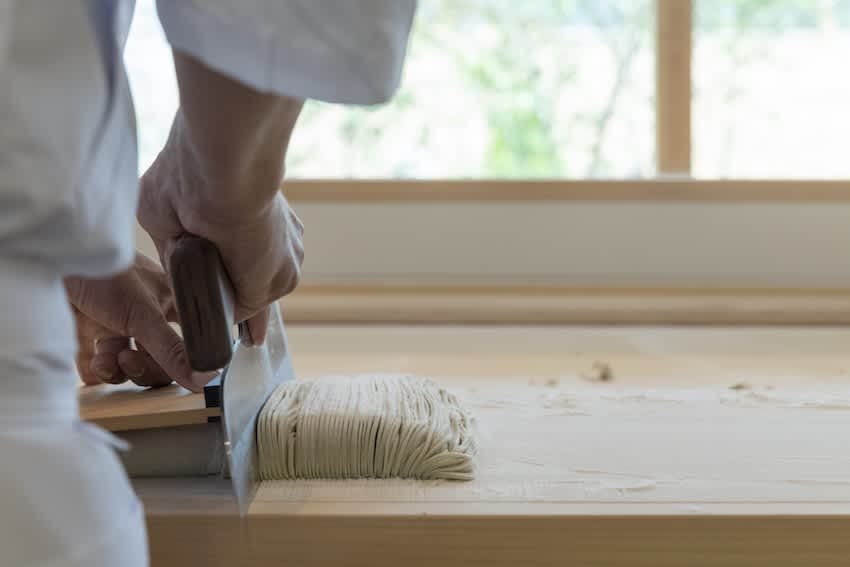

How to get there
Mie is easily reachable through two airports: Chubu Centrair International Airport and Kansai International Airport. For those traveling from Osaka, Kyoto, or Nagoya, limited express trains provide convenient connections. Additionally, from Tokyo, visitors have the option of taking the Shinkansen bullet train via Nagoya or choosing an overnight express bus for their journey.
Related Links
Mie Prefecture Official Website
|
|
|
|
|
Ise Jingu |
All-You-Can-Eat Grilled Oysters in the Floating Restaurant |
Suzuka Forest Garden |
Ninja MUSEUM of Igaryu |
Dining Bar Cardenal |

















































